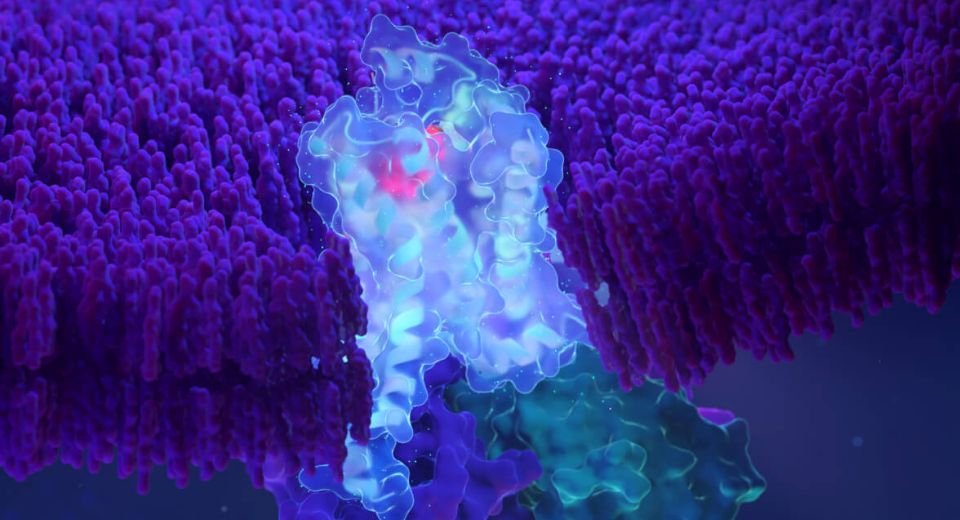HQ Team
May 14, 2025: Novo Nordisk and Septerna, Inc., have inked a $2.2 billion global collaboration and licensing pact to develop oral small molecules for obesity, type 2 diabetes and heart diseases.
Septerna will get $2.2 billion from Novo Nordisk across an upfront payment and research, development and commercial milestone payments.
This includes more than $200 million in upfront and near-term milestone payments. Septerna is also eligible to receive tiered royalties on global net sales of marketed products.
Novo Nordisk will cover all research and development expenses for partnered programs under the collaboration. The deal is expected to close in the second quarter of 2025.
Four development programs
The companies plan to start four development programs focused on creating small-molecule drugs that target specific G protein-coupled receptors (GPCRs), including the GLP-1, GIP, and glucagon receptors.
These receptors play important roles in regulating blood sugar and metabolism.
When activated, the GLP-1 receptor helps lower blood sugar by increasing insulin release from the pancreas and reducing glucagon secretion, which otherwise raises blood sugar.
It also reduces appetite, aiding glucose control and weight management.
Manage blood sugar
The GIP receptor stimulates insulin release but can increase glucagon secretion during low blood sugar, helping to stabilise glucose levels. It promotes fat storage but also supports metabolic balance.
The glucagon receptor, when activated, raises blood sugar by stimulating glucose release from the liver. Targeting it can help manage blood sugar levels in diabetes.
The targeted therapies could regulate blood sugar, reduce weight, and lower cardiovascular risks by harnessing the natural hormone pathways controlled by these GPCRs.
“Novo Nordisk has a rich history of innovation in obesity and diabetes,” said Marcus Schindler, executive vice president and chief scientific officer of Novo Nordisk.
‘Multiple targets’
“We are building on our scientific leadership in this space and developing a broad pipeline across various targets and modalities, including peptides and small molecules.
“Leveraging different modalities creates important optionality in our pipeline in terms of potential targets, dosing regimens and scalability,” he said.
“Septerna has demonstrated strong capabilities in GPCR drug discovery, and we are excited about the opportunity to develop oral small-molecule medicines directed at multiple targets.”
GPCRs represent the largest and most diverse family of cell membrane receptors, with hundreds of different GPCRs regulating physiological processes in nearly every organ system of the human body.
Septerna is focused on the discovery and development of a pipeline of oral small molecules for multiple therapeutic areas, initially focused on endocrinology, immunology and inflammation, and metabolic diseases.
‘Advance diverse portfolio’
“This collaboration provides a significant opportunity to create multiple potentially groundbreaking oral medicines, while also providing Septerna with the operational flexibility and resources to advance our diverse portfolio of other GPCR-targeted programmes,” said Jeffrey Finer, MD, PhD, chief executive officer and co-founder of Septerna.
The companies will jointly conduct research activities from discovery through development and candidate selection. Novo Nordisk will have sole responsibility for all global development and commercialisation activities.
Septerna has the right to opt in to a worldwide profit share for one program in the collaboration instead of future milestones and royalties for that product candidate.








